Bulawayo Central Square.
Old marks
Previously, most visitors to Bulawayo came by train, but the Zimbabwe National Railways is currently closed, so visitors can fly or take a bus. Joshua Mqabuko Nkomo International Airport in Bulawayo now has flights from many major cities in Africa such as Johannesburg (South Africa), Addis Ababa (Ethiopia), Lusaka (Zambia)... Visitors can also choose to take a bus from Harare or Johannesburg to Bulawayo.
Bulawayo is Zimbabwe’s second largest city and industrial hub, but it still retains much of its old charm. Many visitors to Bulawayo feel as if they have wandered into the past, as the buildings are hundreds of years old. Spend an afternoon just wandering around Bulawayo and talking to the locals (most of whom speak English). Start your journey in the central square, where there is a statue of Zimbabwe’s revolutionary and former Vice President Joshua Nkomo.
The headquarters of the Zimbabwe National Railways is located in Bulawayo, and a must-see destination in this city is the Zimbabwe Railway Museum. This place currently preserves many "unique" locomotives that are more than 100 years old. In addition, an old station in the town of Shamva (northeast of Zimbabwe) was dismantled and moved to the museum for display. Visitors can buy tickets for an old train that runs around the museum to experience the feeling of sitting on a train in the early 20th century.
The second museum worth visiting in Bulawayo is the Zimbabwe Natural History Museum. Zimbabwe is one of the “cradles” of humankind, and the country’s Natural History Museum holds many artifacts related to the life of early prehistoric humans. The late Prime Minister of the Cape Colony (now South Africa) Cecil Rhodes, who founded Rhodesia (British Zimbabwe and Zambia), also left his collection of rare animal specimens to the Natural History Museum.
During Cecil Rhodes’s lifetime, he and many Rhodesian leaders frequented the Bulawayo Club, which is now a hotel, bar, and mini-museum. If you’re not familiar with the gentlemen’s clubs that were popular in Europe in the 19th century, stay at the Bulawayo Club. The service is on par with four-star hotels, and guests can learn about the lives of the British upper class in the colony.
Bulawayo Flavor
Even before Bulawayo industrialized, it was famous for its blacksmithing. A Bulawayo blacksmith could make a surprisingly sharp knife from a rusty sleeper. Customers from all over the country and as far away as South Africa still come to Bulawayo to buy cutlery. Foreign visitors who are reluctant to bring sharp objects on the plane should look for nail clippers, cups, or small iron toys.
Zimbabwean cuisine is family-oriented. If you are looking for good food in Bulawayo, visit the rice shops. Some traditional local dishes include sadza (boiled maize flour served with a meat and vegetable dish), muriwo (kale, collard greens or spinach stir-fried with onions, tomatoes and chilli powder) and muguru (grilled beef or goat tripe). You also cannot miss the chance to drink chibuku beer. This is a craft beer brand famous throughout Zimbabwe for its unique sour taste. The taste comes from the beer being made from sorghum and maize flour. Chibuku beer is sold in a 1-litre carton that looks like a milk carton, and you have to shake the carton before pouring the beer.
The Bulawayo Arts Festival is held from June 2 to 5 every year. Many of Zimbabwe’s major universities are located in Bulawayo, and the Arts Festival is a great opportunity for young artists to showcase their talents. In recent years, the festival has also attracted many artists and folk artists from surrounding areas. The indigenous Ndebele people are famous for their painting and epic storytelling. Visitors will find Ndebele painters and storytellers performing on the streets during the festival.
If you want to learn more about the history of the indigenous people, visit Khami, a little over half an hour drive from Bulawayo. It is a UNESCO World Heritage Site. Khami was the capital of the Butua Kingdom (1450-1683) and one of the largest cities in pre-colonial Zimbabwe. Few places in southern Africa have such a large number of stone structures and walls from that period. It was abandoned after the Butua Kingdom collapsed and the people turned to nomadic living. However, people still held religious ceremonies at Khami until the late 19th century.
Source: https://hanoimoi.vn/kham-pha-thanh-pho-bulawayo-687478.html


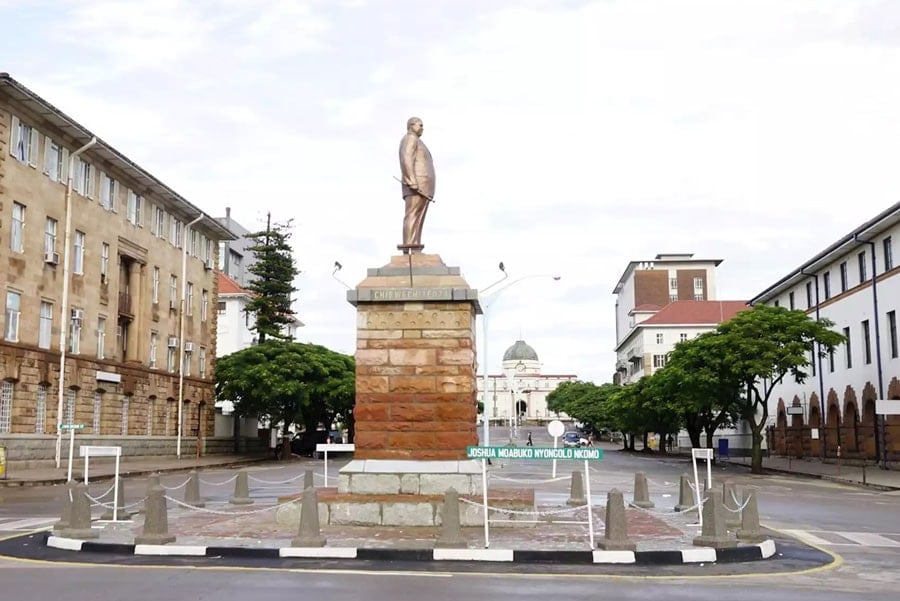

![[Photo] Keep your warehouse safe in all situations](https://vphoto.vietnam.vn/thumb/1200x675/vietnam/resource/IMAGE/2025/10/1/3eb4eceafe68497989865e7faa4e4d0e)
![[Photo] Hanoi morning of October 1: Prolonged flooding, people wade to work](https://vphoto.vietnam.vn/thumb/1200x675/vietnam/resource/IMAGE/2025/10/1/189be28938e3493fa26b2938efa2059e)
![[Photo] President of the Cuban National Assembly visits President Ho Chi Minh's Mausoleum](https://vphoto.vietnam.vn/thumb/1200x675/vietnam/resource/IMAGE/2025/10/1/39f1142310fc4dae9e3de4fcc9ac2ed0)


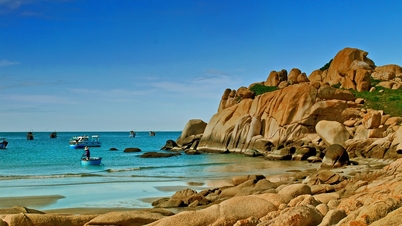

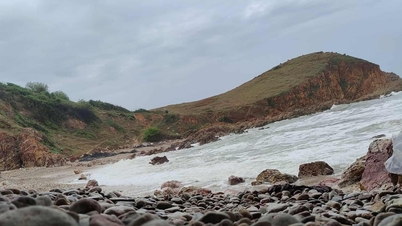


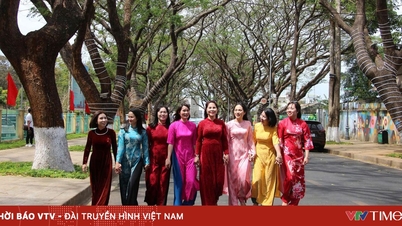

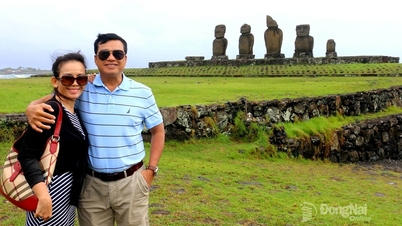


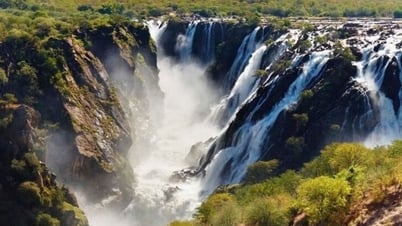

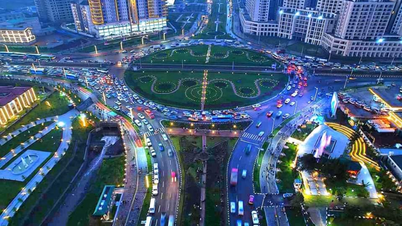

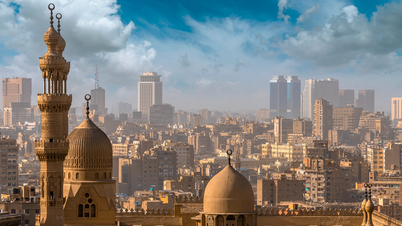
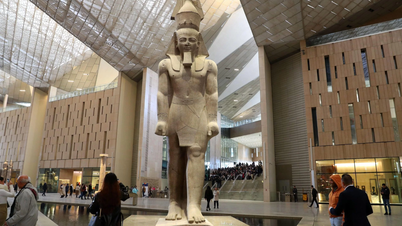
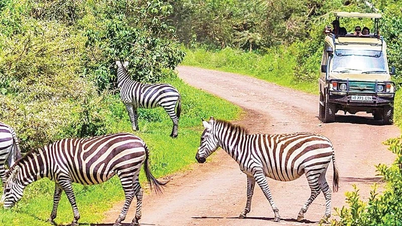

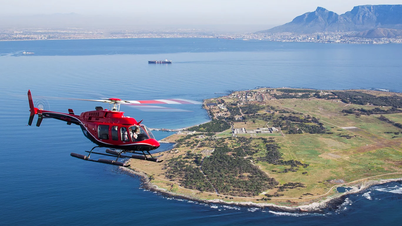









































































Comment (0)